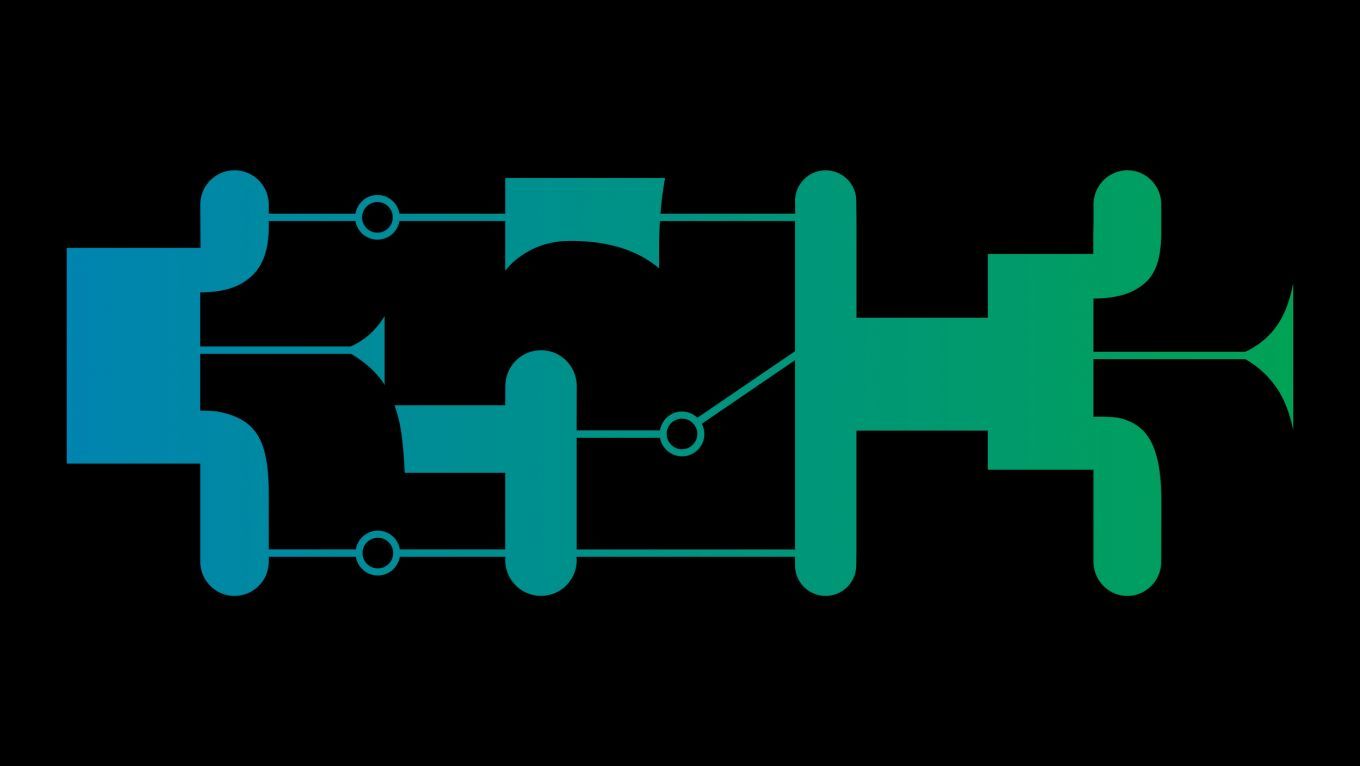Security
Self-encrypting deception
weaknesses in the encryption of solid state drives (SSDs)
<p>We have analyzed the hardware full-disk encryption implementation of several Self-Encrypting Drives (SEDs) from Samsung and Crucial (Micron) by reverse engineering their firmwares. The vendors combined cover a majority of the market share of SEDs sold today.</p>
<p>In theory, the security guarantees offered by hardware encryption are similar to those of software implementations. In reality, we found that many hardware implementations have critical security weaknesses, for many models allowing for complete recovery of the data without knowledge of any secret.</p>
<p>BitLocker, the encryption software built into Microsoft Windows will rely exclusively on hardware full-disk encryption if the drive advertises supported for it. Thus, for these drives, data protected by BitLocker is also compromised.</p>
<p>This challenges the view that full-disk encryption implemented in hardware is preferable over software. We conclude that one should not rely solely on hardware encryption offered by SEDs.</p>
In recent years, protection of sensitive data has received increased attention.
Protection of digital data has become a necessity, certainly in the light of new European Data Protection Regulation. Technically, encryption is the go to protection mechanism; it may be implemented in software or hardware (or both). It can be applied on the level of individual files, or the entire drive, which is called full-disk encryption. Full-disk encryption is often the solution of choice as it takes away concerns of sensitive data leakage through, for example, temporary files, page files and caches. Several software solutions for full-disk encryption exist, and modern operating systems typically integrate it as a feature. However, purely software-based encryption has inherent weaknesses, such as the encryption key being present in RAM at all times and performance drawbacks.
In an attempt to address these weaknesses, hardware full-disk encryption is often proposed; the encryption is performed within the drive itself, thereby confining the encryption key exclusively to the drive. Typically, the encryption itself is performed by a dedicated AES co-processor, whereas the software on the drive (firmware) takes care of the key management. It is often regarded as the successor of software full-disk encryption. Full-disk encryption software, including those integrated in modern operating systems, may autonomously decide to rely solely on hardware encryption in case it is supported by the storage device (via the TCG Opal standard). In case the decision is made to rely on hardware encryption, software encryption is disabled. In fact, BitLocker, the full-disk encryption software built into Microsoft Windows, switches off software encryption and completely relies on hardware encryption by default if the drive advertises support.
Additional information
| Type | lecture |
|---|---|
| Language | English |
More sessions
| 12/27/18 |
Since a few months we have a new version of TLS, the most important encryption protocol on the Internet. From the vulnerabilities that created the need of a new TLS version to the challenges of deploying it due to broken devices this talk will give an overview of the new TLS 1.3.
|
| 12/27/18 |
UEFI rootkits have been researched and discussed heavily in the past few years, but sparse evidence has been presented of real campaigns actively trying to compromise systems at this level. Our talk will reveal such a campaign successfully executed by the Sednit group. We will detail the full infection chain showing how Sednit was able to install their custom UEFI module on key targets' computers. Additionally, we will provide an in-depth analysis of their UEFI module and the associated ...
|
| 12/27/18 |
Meet SiliVaccine – North Korea's national Anti-Virus solution. SiliVaccine is deployed widely and exclusively in the DPRK, and has been continuously in development by dedicated government teams for over fifteen years. When we heard of this strange software, we were immediately driven to investigate it: it's not every day that you can catch a glimpse of the malware landscape inside the closed garden of the DPRK's intranet. In this talk, we will describe how we were able to obtain a rare copy of ...
|
| 12/27/18 |
In this presentation we will take a look at how to break the most popular cryptocurrency hardware wallets. We will uncover architectural, physical, hardware, software and firmware vulnerabilities we found including issues that could allow a malicious attacker to gain access to the funds of the wallet. The attacks that we perform against the hardware wallets range from breaking the proprietary bootloader protection, to breaking the web interfaces used to interact with wallets, up to physical ...
|
| 12/27/18 |
Voicemail systems can be compromised by leveraging old weaknesses and top of current technology. The impact goes way beyond having your messages exposed.
|
| 12/27/18 |
Die Venenerkennung ist eine der letzten Bastionen biometrischer Systeme, die sich bisher der Eroberung durch Hacker widersetzt hat. Dabei ist sie ein lohnendes Ziel, schützt sie doch Bankautomaten und Hochsicherheitsbereiche. In diesem Talk machen wir die Verteidigungsanlagen dem Erdboden gleich.
|
| 12/27/18 |
We all know what FAX is, and for some strange reason most of us need to use it from time to time. Hard to believe its 2018, right? But can FAX be something more than a bureaucratic burden? Can it actually be a catastrophic security hole that may be used to compromise your entire network? Come watch our talk and find out …
|

